by Judy Kautz, OSU Extension Master GardenerAre you a homeowner that desires a little isolation in your landscape? Do you want a fast-growing natural greenery screen that offers privacy? With some right choices, you can make it happen, especially if you know exactly what you want when you shop at the garden center. Which plants grow fast and what are their natural habits? Plants are a lot like people, and they like to do it their way. This article will help you identify the plants that will flourish and find happy homes in your retreat. For a fast-developing green privacy fence, try bamboo. Woody, sectioned stems branch out in leafy clusters while the jointed rhizomes in the root system concentrate on developing underground. Choose the type that fits your property: Running bamboo grows much like the lady fern. One plant can send rapidly growing roots for distances away from the parent plant where they send up multiple vertical shoots from joints. CAUTION – running bamboo is very invasive, so use care when planting it. An alternative is clumping bamboo, which has a clumping habit much like the beautiful wood fern. The underground rhizomes remain close to the parent and form neat clumps. Get ready for action from a mature plant that may increase in length by several feet a day. For beautiful color in a tall-growing deciduous shrub, plant Rose of Sharon, which has a natural spreading habit that can easily serve as a shield for any homeowner that desires an amount of seclusion; another benefit is that it can be pruned into a flat shape. If you choose this plant for a natural green fence, it will reward you with mid-summer, beautiful hibiscus-like blooms. Rose of Sharon can grow up to 20 feet and blooms in the summer. Enjoy holiday color and concealment with winter red Holly. A dense, impenetrable natural fence is possible in your landscape with this plant, which displays clusters of red berries. It has the security of a chain-link fence without the intrusion of man-made wires. It can grow into a thicket that protects your home like brambles. Pruning and maintenance determine the height, but unchecked, it can tower to 15 feet. Winter red holly can form an impenetrable fence and rewards in winter with beautiful red berries. Windbreaks or screens are popular using cypress, an evergreen that displays tiny scale-like leaves and produces medium size cones that appear to have scales. The Arizona Cypress can grow to 40 feet tall and spread to 20 feet. It’s the answer to any privacy concern. Another alternative is Italian Cypress, a thick, columnar form of a tree that can reach 60 feet. New growth puts on a show of golden yellow foliage. The Clematis vine can be the answer to an earth-friendly solid wall of greenery. A trellis or wire fence covered with clematis becomes a colorful blooming display in the spring season; moreover, it’s a secure fence that’s easy to maintain. Clip some of the blossoms from your privacy fence and use them for interior decorating. Clematis offers beautiful color as well as covering a fence. Privet is a shrub that may be the most popular plant for hedge designs. The blue-black fruits make it attractive to birds. White flowers appear in spring and in early summer, which transforms the greenery into a spectacular show. Your privacy is guaranteed when you invest your time and money into growing a natural privet screen.
Photinia is a plant that will attract birds as well as offer privacy. Some types of Photinia can grow to 15 feet, which makes them suitable for your secluded family retreat. Red or black berries that appear through the fall and winter months become invitations to the birds. Add some clusters of white flowers in spring, and your hideaway is complete. Finally, Ivy spreads horizontally over the ground, and it can vertically turn a chain link fence into a private green wall promptly. It climbs walls and trellises with aerial rootlets that grasp and cling. The roots run deep in the soil to discourage erosion, and it has a dependable and uniform growth habit that is a welcome addition to any yard decor. Living greenery screens are a great alternative to providing privacy in your yard. Remember, every plant that you introduce into your green environment will thrive with your care. Also, changing seasons turn your greenery into constant explosions of beauty, and they never need painting!
0 Comments
by Judy Kautz, OSU Extension Master GardenerIn the past few weeks, we have been made aware that we are once again experiencing a dry period in certain parts of our beautiful state. It doesn’t matter where you live or if your garden is in sun or shade — you’ll have to water perennial plants sometimes. Here are a few things to keep in mind so you can give your perennials the water they need to thrive and look great. In general, perennials need about an inch of water per week to be healthy. That can come from rain or irrigation or a combination of both. Use your rain gauge to determine how much rain has fallen and then subtract that amount from an inch. This will tell you how much you need to supplement each week. In general, many established perennials can get by with less than this, and newly planted ones may need a bit more, especially in hot weather. How often should you water perennials? A quick drink every day just encourages spindly roots. Instead, deep and less frequent watering is best to promote long roots. They’ll grow down into the ground so they stay cooler and absorb moisture and nutrients that are held there. Perennials with an established root system can handle a little drought stress, too. Watering deeply and less frequently helps promote long roots. When should you water perennials? Early morning is the ideal time of day to water your garden. This allows you to soak the roots and lose little water to evaporation. Also, foliage dries quickly as the sun and temperatures rise, so plants are less prone to fungal diseases that settle in on wet leaves. Watering in the middle of the day is less ideal, especially with sprinklers, because the small droplets often just evaporate in the air and never reach the soil. Also, winds are stronger at that time and can lead to uneven water distribution and waste as it ends up on your sidewalk instead of your plants. If your schedule doesn’t allow you to water in the morning, then late afternoon to early evening is another option. Do it before 6 p.m., though, so leaves have adequate time to dry before nightfall — this will reduce the chance of disease. Here are some signs you need to water perennials: Noticing wilted plants is usually a good indicator that it’s time to water. However, droopy leaves and stems aren’t necessarily a signal that the plant is drought-stressed. Many perennials wilt in the afternoon, especially on hot, sunny days, but then they’re fine by morning. The best way to know if your plants need a drink is to check the soil moisture. Use a trowel to dig down about 3 to 4 in., where the roots are, to see if it’s moist or dry. Some perennials, such as ligularia (Ligularia spp. and hybrids), give an obvious sign that they need a drink, by overtly drooping. If this plant wilts and still looks that way in the morning, you’ll know it’s time to water. Some watering techniques include hand watering, which can be a relaxing chore, especially on a warm summer day. Be sure to aim your hose-end close to the ground, near the base of the plant. This puts water at the roots where it’s needed. It’s a good method for giving extra moisture to newly planted perennials and ones with high water needs, such as astilbe (Astilbe spp. and hybrids). Be sure to aim your hose-end close to the ground, near the base of the plant. Oscillating and impact sprinklers work well for lawns and large perennial borders. They save you time and are easy to set up, but water loss through evaporation is common and flowers can flop with the weight of too much moisture. Here’s a tip: Set out a rain gauge when you use an overhead sprinkler and watch the time to see how long it takes to fill up to ½ in. Use the minutes to figure out how long to keep the sprinkler going, based on how much water you need to supplement. A timer can help you give just the right amount, without wasting. It can shut off automatically so you don’t have to worry about water running on and on. Soaker hoses and drip irrigation systems supply water closer to the root zone, and you can leave them in place all season and just hook up a hose when it’s time to water. Cover up soaker hoses with a little mulch so they’re not as visible during the growing season, then drain and put them away for winter storage. Whatever methods and tools you use for watering, keep an eye out for leaks. Repair hoses and replace washers to make sure the water is going where you need it. Soaker hoses like this are a super efficient way (and easy) way to water a perennial garden.
by Judy Kautz, OSU Extension Master GardenerAre you overrun by zucchini this summer? Slice it, grill it, fill it, fry it, bake it, pickle it, grate it, turn it into zoodles – zucchini is the most versatile vegetable in the garden. Desperation may have something to do with all those variations, because the more you pick, the more the plant produces. And there is usually one that gets away, hiding under leaves and reaching an enormous size! Zucchini is originally native to Mexico, but the squash we know today is a variety brought to the United States by Italian immigrants. The early varieties, bred in Italy in the 16th century, were round. They were dubbed zucchini from Zucca, meaning pumpkin, and ini, which means small. The elongated version we know, grow and love was developed near Milan. The squash was used here but really took off in the early 1970s with the age of flower children and their focus on home gardens and vegetarianism. Soon, zukes began popping up in seed collections - Burpee, for example in 1973 - and on grocery store counters. Zucchini cookbooks abounded shortly after, because this veggie is generous to a fault! You can slow down the production by eating the female flowers, identified by a tiny zuke at the base of the blossom, stuffed with cheese or meat and immersed in sauce or fried. Female zucchini blossoms can be stuffed with cheese or meat and fried! What can you do with all the bounty of zucchini? Eat it, donate it to a food bank, feed it to backyard chickens and rabbits…or have fun with it. Maybe you should hold a neighborhood contest for the biggest zucchini and share a potluck of zucchini dishes. Or you can use pumpkin-carving tools to make designs in the outer skin for a centerpiece. Bat a whiffle ball with the giant ones, and then save and dry the mature seeds for the cardinals at your feeders. When all else fails, celebrate April fool’s day in August: play a joke on a friend or neighbor by sneaking into their garden and placing your overgrown zucchini among their plants. Or offload your extras on the doorstep of a friend or neighbor in the dark of night like the Tooth Fairy – surprise…it’s a giant zuke! All’s fair when it comes to zucchini! Pumpkin-carving tools work well for carving zucchini into a table centerpiece. All kidding aside, if you have an excess of zucchini, shred it and freeze so it will be available all winter long. A good use for this shredded zucchini is in a yummy chocolate zucchini bread. This recipe takes just 15 minutes to prepare and bakes in about 50 minutes. It makes two loaves of 12 slides each. Here are the ingredients: 2 cups sugar, 1 cup canola oil, 3 large eggs, 1 tablespoon vanilla extract, 2-1/2 cups all-purpose flour, ½ cup baking cocoa, 1 teaspoon salt, 1 teaspoon baking soda, 1 teaspoon ground cinnamon, ¼ teaspoon baking powder, 2 cups shredded, peeled zucchini, 1 cup chopped nuts (optional). Directions: In a large bowl, beat sugar, oil, eggs and vanilla until well blended. Combine flour, cocoa, salt, baking soda, cinnamon and baking powder; gradually beat into sugar mixture until blended. Stir in zucchini and nuts. Transfer to two 8x4 inch loaf pans coated with cooking spray. Bake at 350 degrees for 50 – 55 minutes or until a toothpick inserted in the center comes out clean. Cool for 10 minutes before removing from pans to wire racks to cool completely. Chocolate zucchini bread is a tasty treat and a great way to use excess zucchini. Here is another low-calorie recipe for Zucchini Tots. Here are the ingredients: 1 cup zucchini, grated, 1 large egg, 1/4 medium onion, diced, 1/4 cup reduced sharp cheddar cheese, grated, 1/2 cup seasoned breadcrumbs salt & pepper to taste, cooking spray. Directions: Preheat oven to 400 degrees. Spray mini muffin tin with cooking spray. Grate zucchini into a clean dish towel. Wring all of the excess water out of the zucchini. In a medium bowl, combine all of the ingredients and season with salt & pepper to taste. Fill each muffin section to the top, pushing down on the filling with your spoon so it's nice and compacted so they don't fall apart when you take them out of the tin. Bake for 16 to 18 minutes or until the tops are golden. Use a plastic knife or rubber spatula around the edges of each tot to remove them from the muffin tin. Enjoy!
Make the most of your zucchini harvest this summer! Remember it’s good for you and so versatile! by Courtney DeKalb-Myers, OSU Extension Horticulture EducatorAugust is here. July came with the sun and Norman hasn’t seen a decent rain since. The water bill is creeping upward and dragging the hose around to water does not sound fun. The gardens are about as worn out as the gardeners. One way to avoid this situation is to use drought tolerant plants within the landscape. Drought tolerant plants are more adapted to these water-stressed conditions and will thrive through the heat of the summer. Consider using some of these plants to make this time of year less stressful. Stonecrop blooms with clusters of pink flowers in the fall. It has succulent like foliage and prefers a full sun location. Consider the popular cultivar 'Autumn Joy'. The best drought tolerant fern, Japanese painted fern adds a beautiful silver foliage to the gardens. It is low to the ground and makes a great border in shade gardens. Sometimes referred to as whirling butterfly, guara has a dance-in-the-wind appearance. Flowers come in pink or white and a bronze foliage variety is available. A classic in any prairie bed, coneflowers are highly adapted to drought conditions. More cultivars are available on the market, including different colors and dwarf varieties. Autumn sage is a bright pink perennial that will bloom all summer long. It is medium sized with and upright form. The reddish pink, tubular shaped flowers are a great attractant for pollinators. Russian sage has grey-green foliage with wispy purple flowers. It performs best in full sun. It can grow quite tall and may be useful as a backdrop in the garden.
|
Welcome to Dishing the Garden Dirt!
|
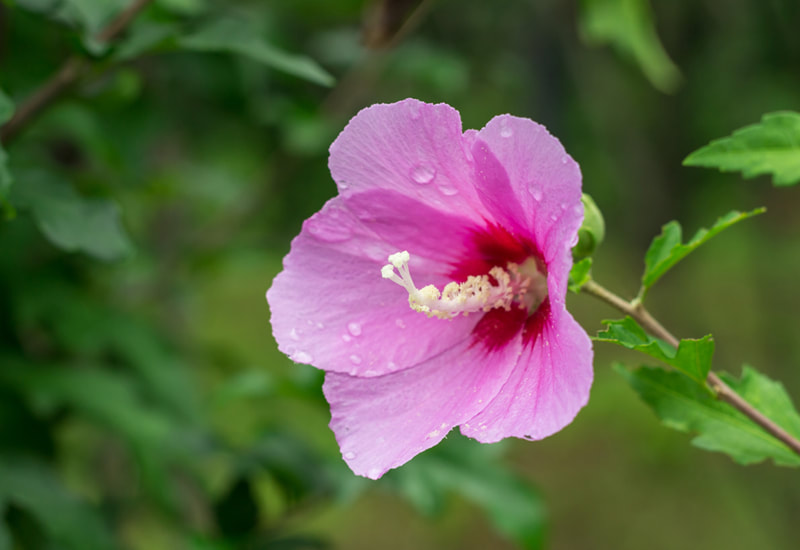
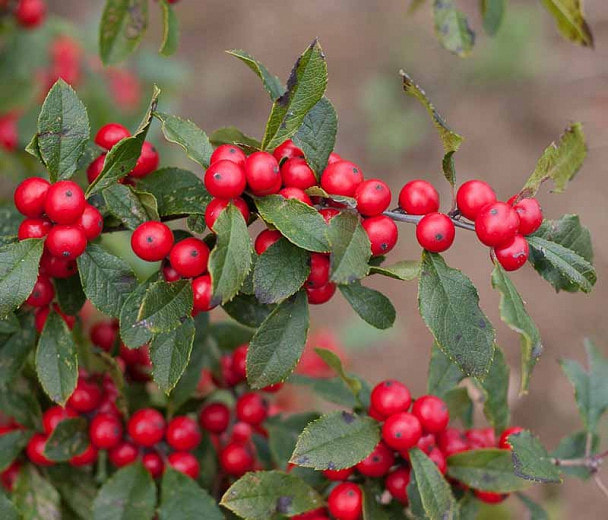
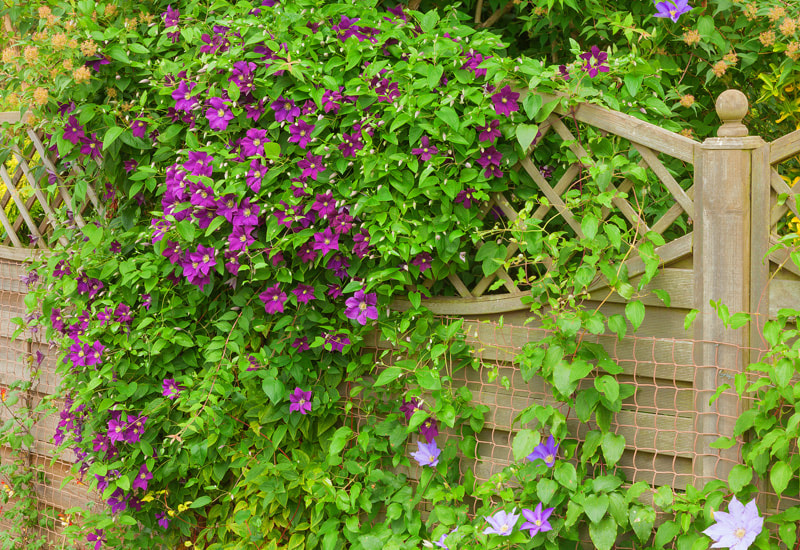

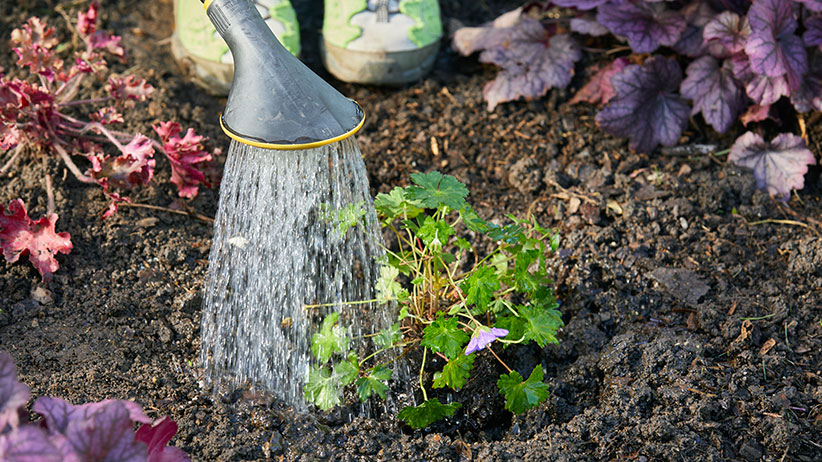
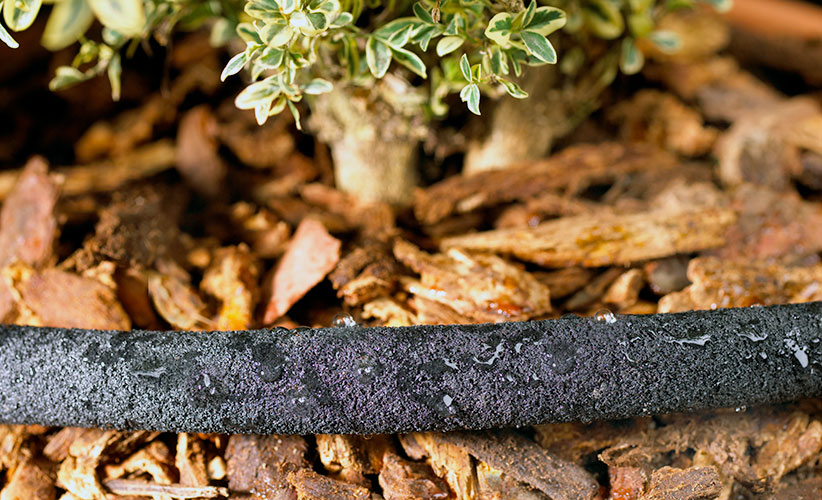
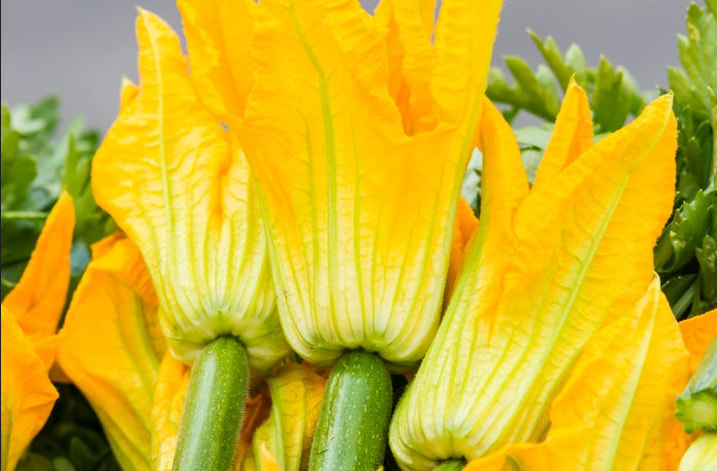
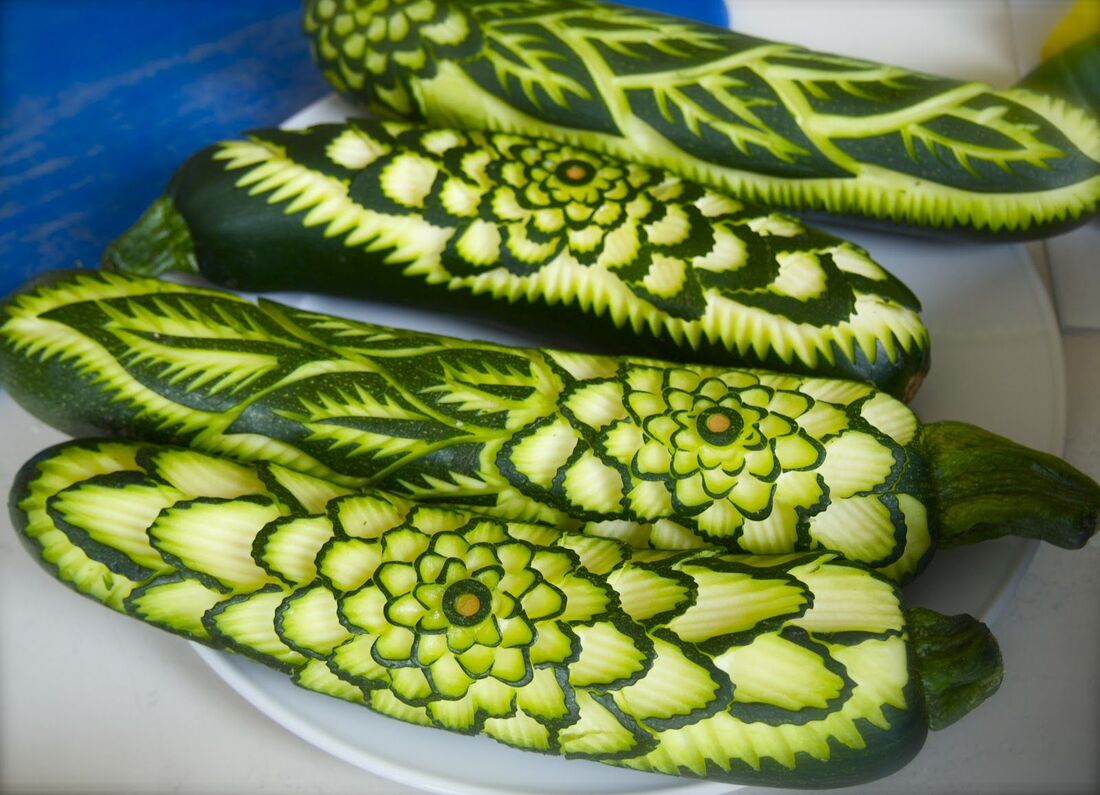

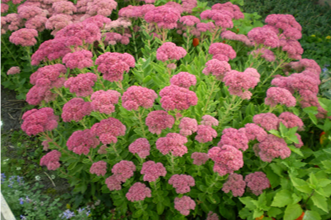
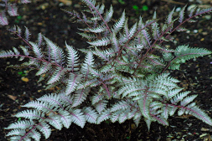
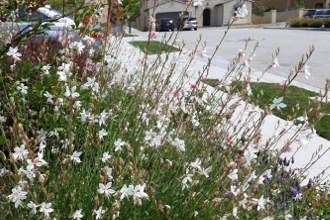
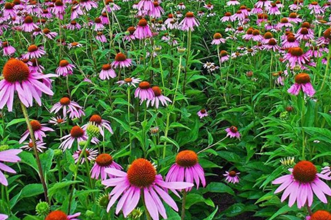
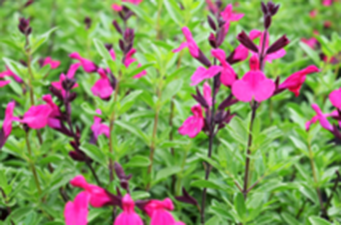
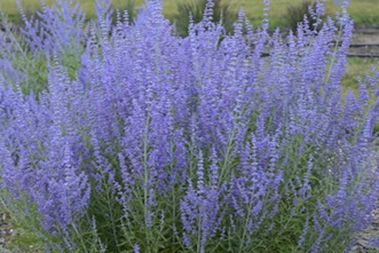
 RSS Feed
RSS Feed